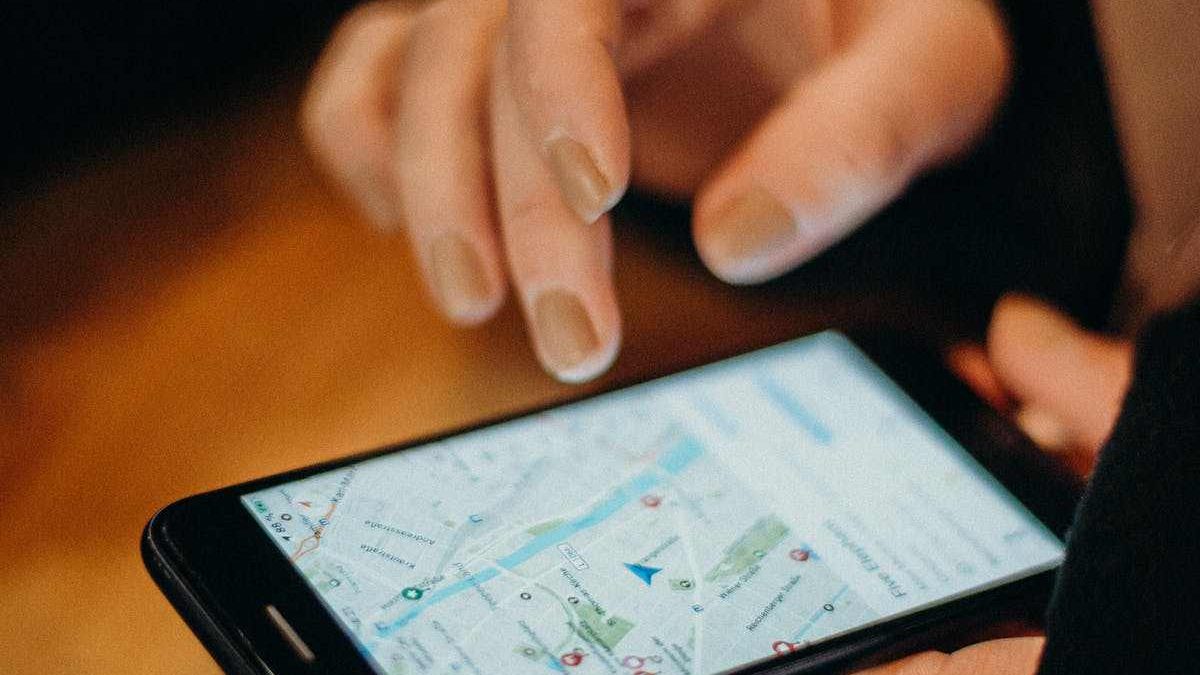Location sharing has become a common feature among many devices and applications nowadays. It allows users to share their real-time position with friends and family, improving communication and safety. Real-time GPS location sharing provides important information about where someone is at any given moment, making it easier to coordinate meet-ups or guarantee loved ones’ safety. This ability to track location can be accessed through many apps, including social mapping tools that focus on creating a safer environment for users.
How does location sharing actually work? It typically utilizes the GPS technology integrated into smartphones and other devices, pinpointing the user’s location on a map. This data can be shared with selected contacts or everyone in a certain app. Such technology enables services like real-time social mapping to function, providing a seamless way to stay connected and informed about others’ whereabouts.
Besides individual uses, location sharing is important for various applications, ranging from navigation assistance to managing smart devices. It helps in tasks like finding a lost phone or alerting one about traffic conditions in a particular area. As these technologies evolve, understanding their operation and significance remains key for anyone looking to make the most out of their smart devices.
Table of Contents
Understanding Location Sharing Technology
Location sharing uses technologies to allow devices to send and receive location data. These systems are widely used in various apps and platforms for different purposes, such as navigation, safety, and convenience.
The Function of Location Sharing Services
Location sharing services often rely on the Global Positioning System (GPS). GPS uses satellites to pinpoint the exact location of a device. This information is then processed and shared by apps like Life360 or Google Maps. Interactive maps display this location, giving users real-time movement updates.
Some apps provide users with the ability to track their devices if they go missing. Others use location data to offer services based on user location, making functions like navigating cities easier.
Device and Platform Capabilities
The capabilities of location sharing greatly depend on the device and the operating system that is being used. For instance, on iOS devices, specific apps can access location data only when in active use. This limits background data sharing, providing more control over privacy.
Most platforms, like Android or iOS, offer settings to customize location access. Users can choose whether to share their location all the time, only while using certain apps, or never. These settings give users the power to decide how their location data is communicated and shared, focusing on security and personal freedom.
Implications of Sharing Your Location
Sharing your location can impact various aspects of daily life. It raises issues related to privacy and safety, affects social connections, and is a tool for advertisers.
Privacy and Security Concerns
When someone chooses to share their location, it can expose them to risks related to privacy. Apps like Find My Friends and Snapchat may allow others to track movements, which can be concerning if one is not careful about who has access.
Safety becomes a significant issue when sharing a live location. There is potential for misuse if the information falls into the wrong hands.
Users should regularly review their settings and permissions. Apps often provide options to limit visibility, which helps maintain control over who sees the shared location.
Social and Relationship Dynamics
Sharing a location has become a part of modern friendships and relationships. Many people use it to stay connected and feel more secure about loved ones’ whereabouts.
Social dynamics can change when location sharing creates expectations among friends or family. Some see it as an act of trust, while others might feel it invades personal space.
Location sharing tools can impact relationships differently based on how permissions are managed. The use of these features should be discussed openly to avoid misunderstandings and maintain healthy connections.
Commercial Use and Advertisers
Advertisers often use location sharing data to tailor marketing efforts. This data can reveal patterns in consumer behavior and preferences.
Companies may track locations to improve ad targeting. Personalized adverts become more effective when they align with a user’s geographical habits.
Using location data raises questions about how much information third parties should control. Users should understand the implications of sharing their location when interacting with apps and services that might sell or share this data with advertisers.
Conclusion
Location sharing is a feature that allows individuals to share their current whereabouts using devices like smartphones. It can be useful for various purposes such as meeting up with friends or assuring safety during travels.
The use of location sharing has grown with advancements in technology and internet connectivity. Most smartphones now have built-in options for sharing location. These features can be easily accessed through messaging apps or specific location-sharing apps.
Location sharing can lead to concerns about privacy. Sharing your location data with others means they can track your movements. It’s important to regularly update and adjust settings to control who can see your location.
Despite privacy concerns, location sharing can provide peace of mind when used responsibly. Users should weigh the benefits and risks to find a balance that works for them.

